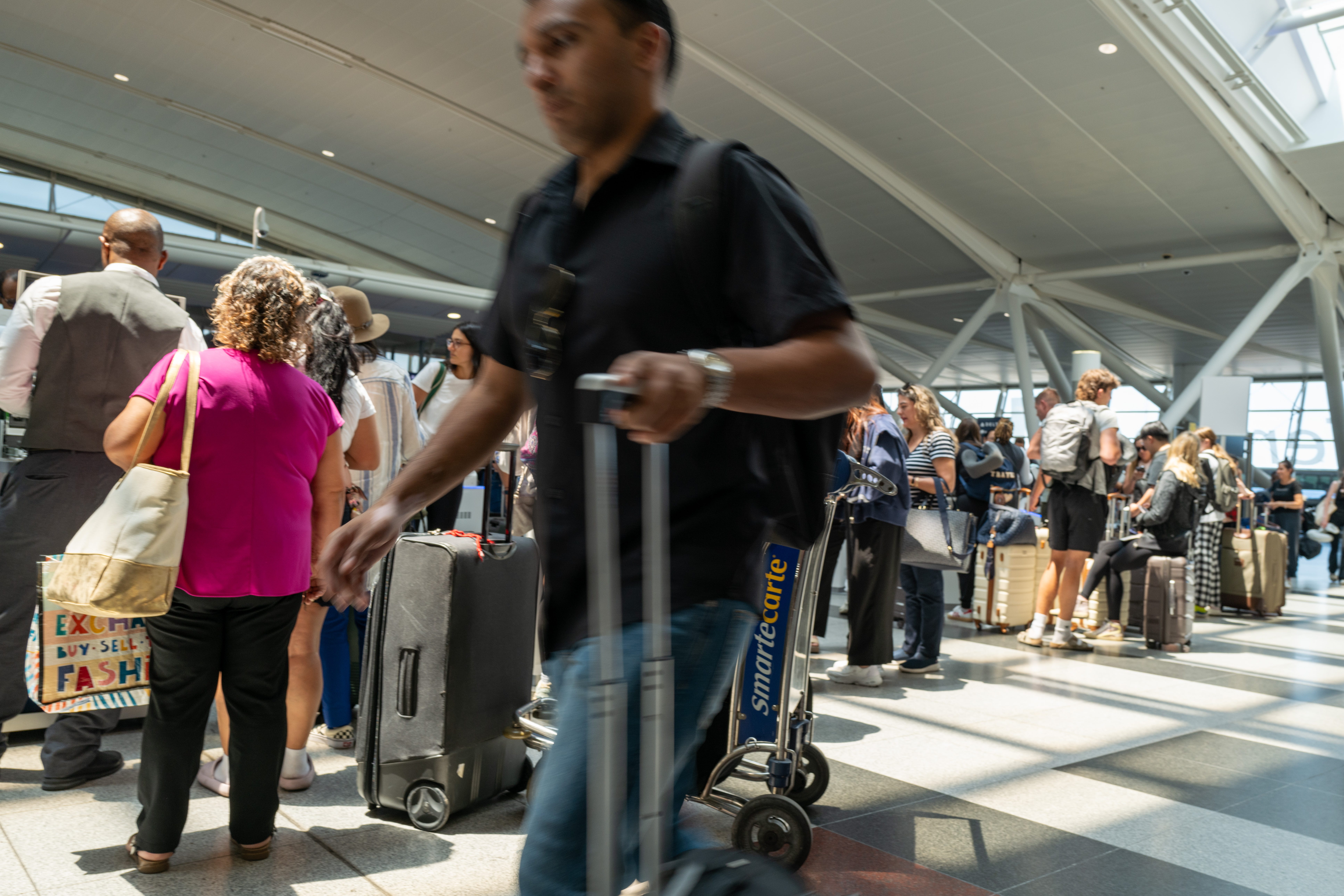Delta Jet's Near Miss With Military Aircraft Near Dca Reignites Safety Concerns

A Delta Air Lines jet narrowly avoided a mid-air collision with a U.S. Air Force T-38 military aircraft on Friday near Ronald Reagan Washington National Airport – just miles from the site of a deadly crash in January that killed 67 people.
Delta Flight 2983, an Airbus A319 bound for Minneapolis-St. Paul, had just departed DCA around 3 p.m. when a cockpit warning system, known as a Traffic Alert and Collision Avoidance System (TCAS), issued a “resolution advisory,” directing pilots to take evasive action.
“On that departure … was there an actual aircraft about 500 ft below us as we came off of DCA?” the Delta pilot asked air traffic control, according to audio captured by LiveATC.net as first reported by CNN. “Delta 2983, affirmative,” the controller responded.
The military jet was operating from Langley Air Force Base in Hampton, Virginia.
USA TODAY reached out to the Federal Aviation Administration for comment.
Delta confirmed the incident and said its crew responded appropriately. “Nothing is more important than the safety of our customers and people. That’s why the flight crew followed procedures to maneuver the aircraft as instructed,” spokesperson Morgan Durrant said. The aircraft was carrying 131 passengers, two pilots and three flight attendants, and arrived as scheduled at MSP at 4:36 p.m. local time.
This incident comes just weeks after the January 29 crash in nearly the same airspace, when an American Airlines regional jet and an Army Black Hawk helicopter collided, killing everyone on board both aircraft. The National Transportation Safety Board has since revealed that thousands of near-misses occurred in the vicinity of DCA between 2021 and 2024.
Congress and aviation regulators are under mounting pressure to tighten safety measures in the congested Washington airspace.


